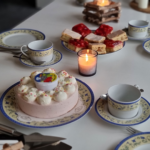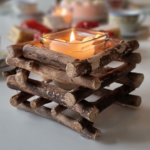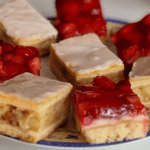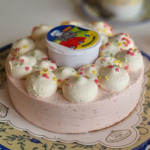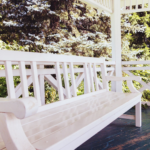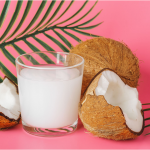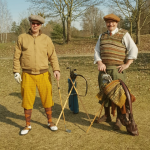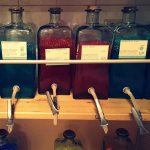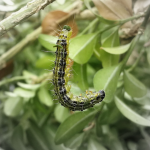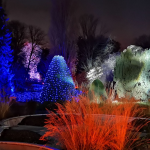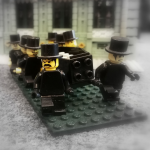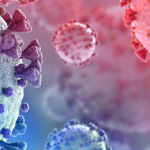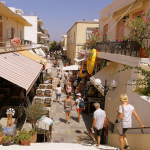Easter in the picture
Hardly any festival in the annual cycle is characterized by such a variety of symbols as Easter: Dramatic crucifixion scenes on the one hand, lively spring motifs on the other. The cause of this contrasting visual language is the clash of different influences. The most diverse cultures and customs come together during Easter – and give it more different means of expression than any other seasonal event.
Easter as a festival of lights
The origin of what we celebrate today as Easter is the same worldwide: the word stands for "resurrection" in almost every language on earth - regardless of whether Easter is celebrated as a secular or a church festival. The goddess Eos already embodied the dawn of day in ancient Greece. Her name is reflected in the English word East - the direction in which the sun rises. Even the Bible proves that Easter is named after this daily natural spectacle. According to her, Jesus left his tomb in the wee hours of the morning—which coincides with the dawn and the resurrection.
The frequently used image of the sun corresponds to this way of looking at Easter. Works influenced by Christianity show their aureoles as an unmistakable sign for the path into the light. Secular representations take this literally, because here the sun appears as a symbol for longer days and rising temperatures. This usually lures people outside, where other unmistakable Easter motifs await in the grass: brightly colored eggs.
Easter as an egg festival
They also have their origins in the Christian faith. On depictions of saints, blood-red chicken products embody Jesus' death – from which he emerges just as newly as a chick from the shell. During Lent, which was later established between Ash Wednesday and Maundy Thursday, the consumption of eggs was forbidden. In order to preserve the daily clutches until Easter, they were preserved by cooking. Added plant parts or extracts gave them different tints in order to be able to distinguish the first eggs from specimens that followed later.
In various parts of Europe this manipulation has been refined into art. While the colored bowls in the Slavic region were provided with fine incised patterns, the Sorbs applied wax ornaments at Easter. Other customs developed from these techniques, such as blowing out eggs and completely painting or crocheting the eggs. Together with sweets, they make small gifts that children have to look for in the garden at Easter.
Easter interpreted in a modern way in regional customs
But apart from colorful eggs, rituals that are closely linked to Easter have also been established. In some regions it is customary to spray young women with cold water to preserve their beauty. The practice should be based on a verse from the Bible, which of course has been greatly varied and is primarily aimed at having fun together.
Even the traditional Easter riding hardly resembles the underlying idea. Instead of carrying the news of the Lord's resurrection to the next village as quickly as possible, several hundred horsemen gather at Easter for colorful processions through the surrounding communities.
The ritual of lighting large fires at Easter was adopted from northern countries. The mixing of cultures becomes particularly clear here, because this event is always accompanied by a lively atmosphere and dancing. With the awe-inspiring resurrection at Easter, this relatively young custom only has the light in common - and of course the joy of what is to come.
used imagery


